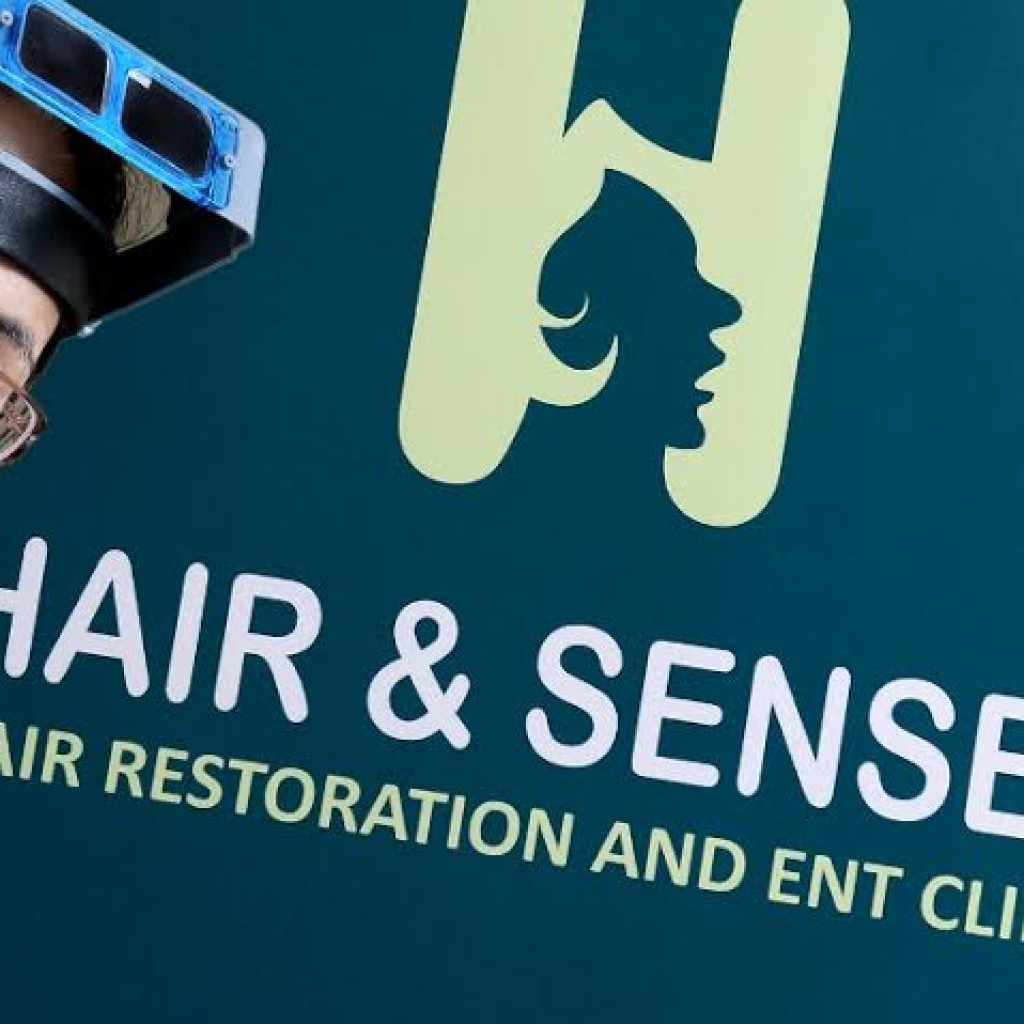Number of Indian women going in for hair transplant is increasing by the day…

…it’s not just limited to men anymore
February 12, 2016; New Delhi: For a woman, hair are an integral part of her identity. They are her glamour quotient. Losing hair suddenly spells disaster…it’s like a ‘cosmetic death’ for them. Contrary to the perception that it is the men who fall victim to hair loss, recent researches have shown that hair loss is more likely to occur in females.
According to Dr. Sangay C Bhutia, who runs Hair & Senses, a hair restoration clinic in New Delhi, an increasing number of Indian women are going in for hair transplants. Hair loss and baldness are no longer a men-only phenomenon. “In the 1990s, women made up less than 5% of a dermatological surgeon’s transplant practice. Today, women represent up to 30% of the clientele,” says she.
“Women in India are beginning to feel conscious about the thin ‘see-through’ patches on their head. Until recently, covering their heads with scarves etc., was the only option. They didn’t know that like men, even they could undertake the hair transplant procedure. The reluctance can also be attributed to the old large grafting technique wherein the men with hair transplant had a ‘pluggy’ look. New technology and improved surgical techniques have enthused confidence amidst them,” explains Dr. Sangay.
Hair loss amidst women can be attributed to a variety of factors – aging process; thyroid abnormalities; iron deficiencies; autoimmune diseases; hormonal changes during puberty, post-pregnancy and menopause owing to estrogen imbalances; polycystic ovarian syndrome (PCOS); medication taken for certain diseases; extreme stress; poor nutrition etc. And yes, one of the most common reason women lose their hair is heredity. Talking about hormonal changes in specific, Dr. Sangay adds, “The lion’s share of hair loss in women is caused by a condition known as “androgenetic alopecia.” That’s an inherited sensitivity to the effects of hormones on hair follicles which sit down deep in the skin.”
Over-styling the hair is also a big trigger. To look elegant, women prefer tight hairstyles, subject their hair to various kinds of torture like harsh chemical straightening treatments, curling irons, hair dyes, extensions, etc. which lead to brittle and fragile hair. There are also a large number of sulfate or paraben containing shampoos and conditioners available in the market which lead to hair loss.
“In general, women are more challenging to treat than men. Their expectations are higher. You treat a man, he sees a little more hair on the head, feels a bit younger, and he is satisfied. However, this isn’t the case with women with molting manes, they want their thick tuft back,” quips Dr. Sangay.
In FUE hair transplant procedure, hair roots from the back and sides of the scalp are moved to the area the surgeon is trying to make dense. The surgeon uses a tiny punch that extracts hair follicles at once. The follicles are then inserted into the scalp in equally tiny slits, so tiny they require no stitches and can’t be seen once the new hair begins growing in seven to ten days. . The procedure can be performed under light sedation or local anesthesia.
The older method of hair transplants using one-inch wide hair plugs was painful and left the scalp full of brown scabs that took longer to heal. “Thankfully, it is a passé now,” sighs she.






